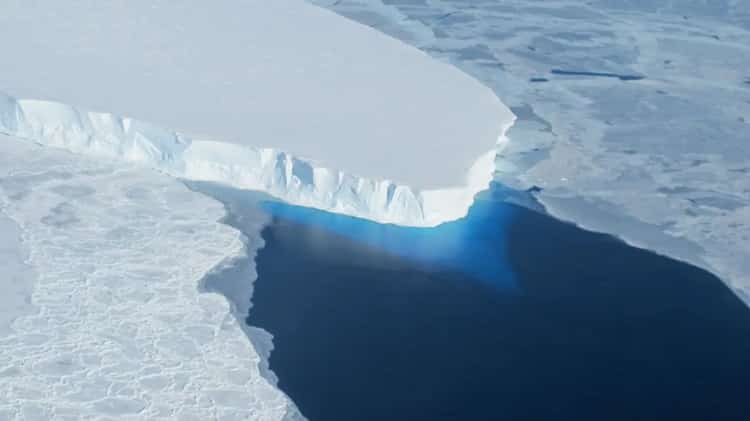Studying the Doomsday Glacier is turning out to be quite a challenge for scientists
Sat 05 Feb 2022
A group of scientists endeavouring to study Thwaites Glacier in Antarctica is reportedly being intercepted by a giant iceberg.
Thwaites Glacier has been given the title Doomsday Glacier due to the disastrous impact it would have if it continues to worsen due to climate change.
In January, a research mission using a fleet of underwater robots headed off to understand the glacier’s impact on global sea-level rises.
The mission forms part of the International Thwaites Glacier Collaboration (ITGC), a five-year, US$50 million (AED183 million) joint mission between the US and the UK.
According to the ITGC, the glacier covers 192,000 square kilometres, which is equivalent to around the size of Great Britain or Florida.
The organisation said a runaway collapse of the glacier would contribute to an additional 65 centimetre sea-level rise over the coming centuries.
New York University environmental scientist David Holland – who planned to drill into the ice shelf to measure the water’s temperature below it – said over time the glacier’s destruction would ‘rewrite the global coastline’.
Professor Karen Heywood from the University of East Anglia, who is also the UK lead on the ITGC TARSAN project, said at the outset that it is a ‘massively ambitious’ mission.
“We will deploy two big underwater robots underneath the ice to collect detailed data from this crucial area of the glacier that will enable us to understand what will happen in the future,” she said.
“By measuring the ocean properties in sub-ice shelf cavities, we can understand how the ocean transports heat and what impact this may have on the glacier. I and my team back at UEA are going to be remotely piloting the six ocean gliders, smaller robots, once the scientists onboard launch them into the water.”
Reports are now emerging, however, that the scientists’ efforts are being thwarted by a large iceberg that broke off the deteriorating glacier.
Source: Agencies

 Apr 28 2024
Apr 28 2024













